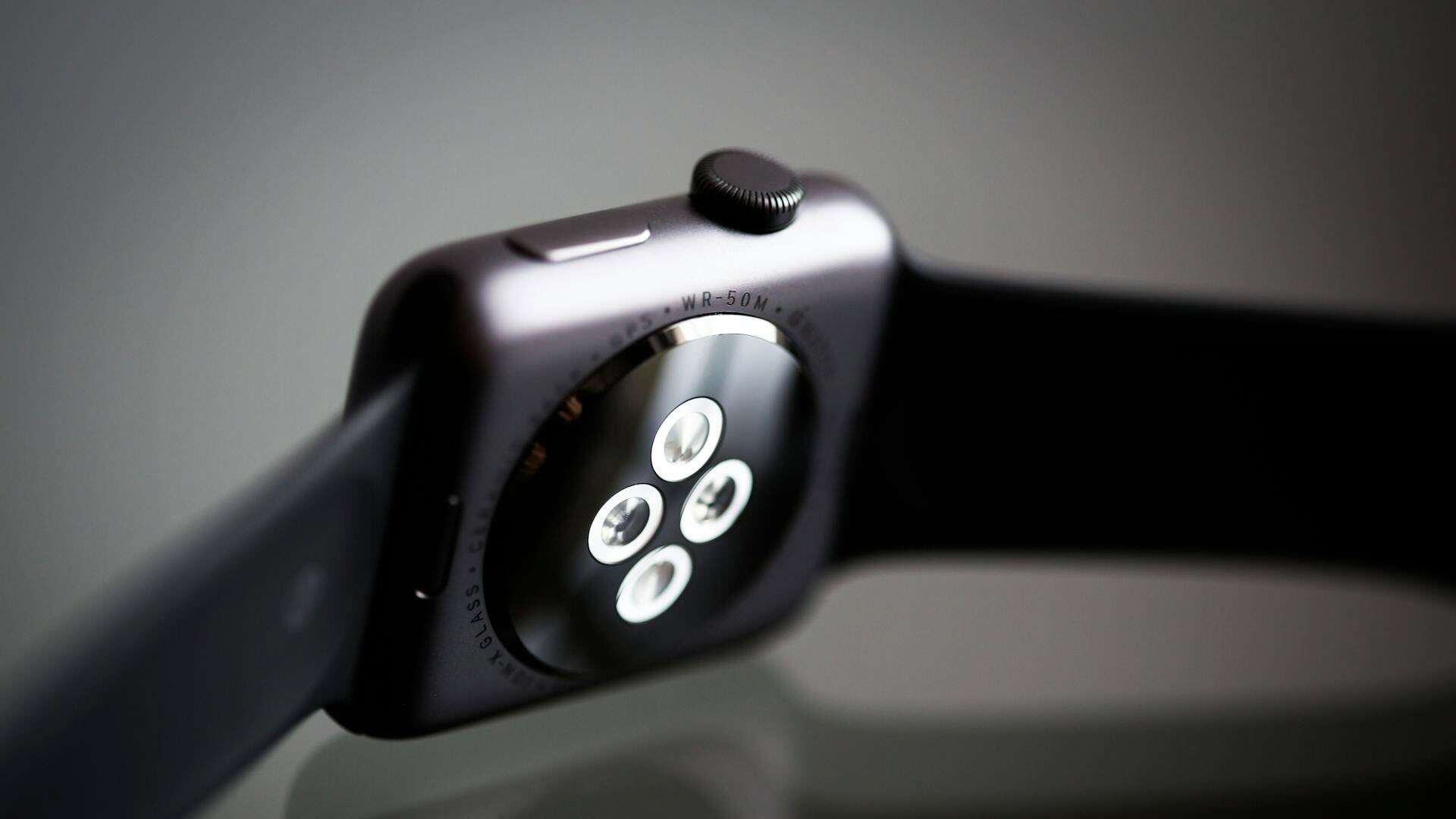On August 2, 1993, Apple introduced the Newton MessagePad, a pioneering device that laid the groundwork for today’s smartphones and tablets. This personal digital assistant (PDA) was among the first to feature handwriting recognition, aiming to revolutionize personal computing.
Genesis of the Newton
The Newton project began in 1987 under the vision of Steve Sakoman, who envisioned a tablet-like device with handwriting capabilities. Collaborating with AT&T, Apple developed a low-power processor named Hobbit for the project. However, slow progress led Sakoman to depart in 1990 to establish Be Computer, Inc. The project gained momentum when Michael Tchao and Steve Capps pitched the idea directly to CEO John Sculley. Apple then invested in Acorn Computers to develop a specific ARM6-based RISC processor for the device. The Newton was officially introduced on May 29, 1992, with shipments commencing on August 2, 1993.
Launch and Initial Reception
Unveiled by Sculley at the Consumer Electronics Show in May 1992, the Newton generated significant buzz. However, the journey from concept to consumer product was fraught with challenges. Handwriting recognition, touted as the Newton’s flagship feature, struggled to meet expectations. The ambitious feature became the Newton’s Achilles’ heel, leading to widespread criticism and ridicule, notably in Garry Trudeau’s Doonesbury comic strips. Despite these challenges, over 50,000 units were sold by late November 1993.
Technical Innovations and Challenges
The Newton was powered by the Newton OS and utilized the CalliGrapher word-based handwriting recognition engine developed by ParaGraph International Inc., led by former Soviet scientist Stepan Pachikov. Early versions faced criticism for inaccuracies in handwriting recognition, leading to negative publicity. However, with the release of Newton OS 2.0, the handwriting recognition substantially improved, incorporating Apple’s Rosetta and Mondello recognizers. The Newton could recognize hand-printed text, cursive, or a mix of both, and also accepted free-hand sketches and shapes.
Market Performance and Discontinuation
Despite its innovative features, the Newton struggled in the market. Its high price point and initial technical issues hindered widespread adoption. The debut of competing devices like the Palm Pilot further reduced its market share. When Steve Jobs returned to Apple in 1997, he was critical of the Newton, particularly its reliance on a stylus. This skepticism culminated in the Newton’s discontinuation in 1998, as Jobs sought to streamline Apple’s product line and focus on more promising ventures.
Legacy and Influence
Despite its commercial failure, the Newton left an indelible mark on the tech landscape. Many individuals who worked on the Newton went on to become key players on the iPhone team, including Mike Culbert, Greg Christie, and Jony Ive. The Newton pioneered features like handwriting recognition, intelligent assistants, and a dedicated application ecosystem—concepts that would later flourish in products like the iPhone and iPad. The Newton had an “intelligent assistant” feature that let users perform tasks using natural language, a precursor to modern voice assistants like Siri. It also featured universal search across all data and applications, which was recreated in Spotlight and other device-searching features.
Conclusion
The Newton MessagePad was a bold step into the future of personal computing. While it faced numerous challenges and was ultimately discontinued, its innovations paved the way for the development of modern mobile devices. The lessons learned from the Newton’s journey continue to influence Apple’s approach to technology and design, underscoring the importance of innovation, user experience, and market readiness.


